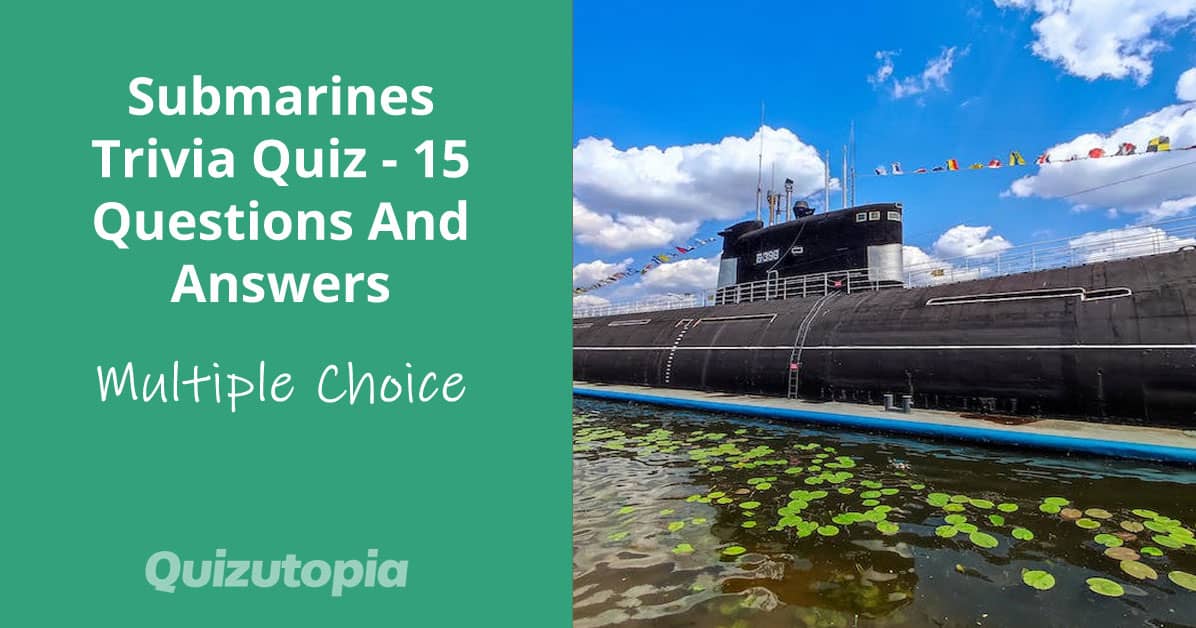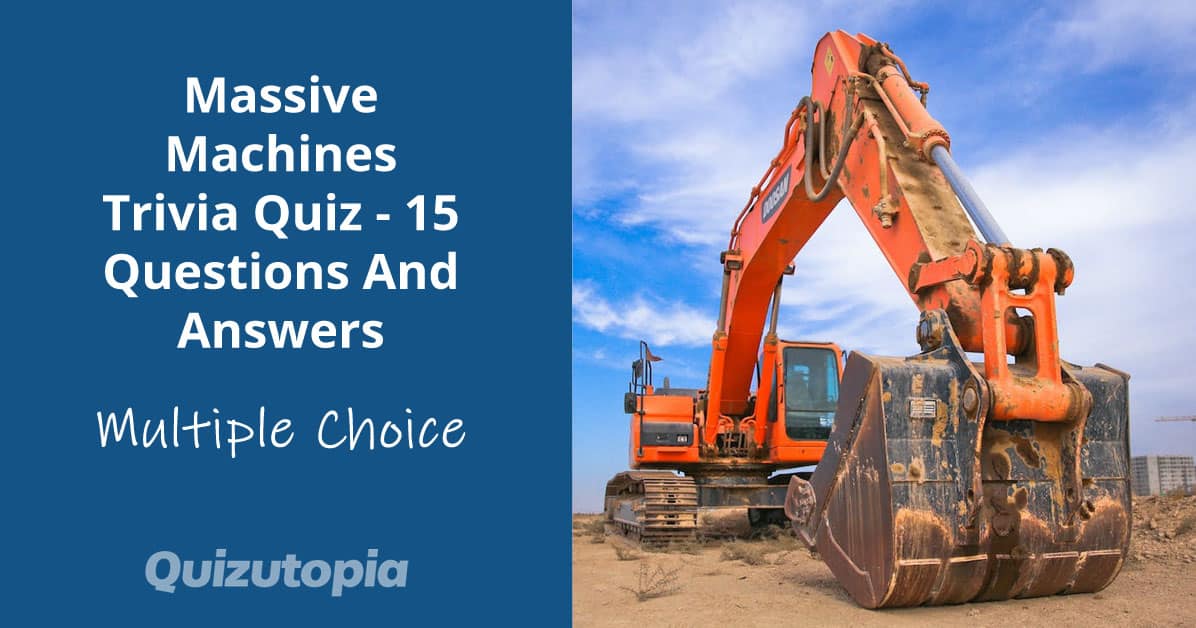Welcome to the Steam Engines Trivia Quiz, where we’ll test your knowledge of these magnificent machines that played a crucial role in shaping the industrial revolution. Steam engines revolutionized transportation, manufacturing, and even the way we live today. From their humble beginnings to their widespread use across the globe, steam engines have left an indelible mark on history.
In this quiz, we’ve curated ten challenging questions that will put your understanding of steam engines to the test. From their inventors and advancements to their impact on society, we’ll cover a wide range of topics related to these remarkable mechanical marvels.
So, if you’re ready to dive into the world of steam engines and put your knowledge to the test, buckle up and get ready to embark on this thrilling journey. Are you prepared to show off your expertise in steam engines?

Subscribe to our mailing list to receive FREE exclusive quizzes and offers!
- Who is considered the father of the steam engine?
- James Watt
- Richard Trevithick
- Thomas Newcomen
- George Stephenson
The correct answer is Thomas Newcomen.
Thomas Newcomen developed the first practical steam engine in 1712, which was used to pump water out of mines. - In what year was James Watt’s improved steam engine patented?
- 1769
- 1775
- 1759
- 1781
The correct answer is 1769.
James Watt patented his improvement to the steam engine in 1769, which included a separate condenser that greatly increased its efficiency. - What was the primary fuel used in early steam engines?
- Coal
- Wood
- Gasoline
- Oil
The correct answer is Coal.
Coal was the primary fuel source used in early steam engines, providing the heat necessary to produce steam. - What was the first steam-powered vehicle called?
- Stephenson’s Rocket
- Watt’s Carriage
- Trevithick’s Puffing Devil
- Cugnot’s Fardier
The correct answer is Cugnot’s Fardier.
Invented by Nicolas-Joseph Cugnot in 1769, the Fardier à vapeur was the first steam-powered vehicle, designed to carry heavy artillery.
- Which inventor developed the high-pressure steam engine?
- James Watt
- Richard Trevithick
- George Stephenson
- Thomas Newcomen
The correct answer is Richard Trevithick.
Richard Trevithick developed the high-pressure steam engine, which allowed for smaller and more powerful engines. - What was the name of the first steam-powered locomotive?
- Cugnot’s Fardier
- Stephenson’s Rocket
- Watt’s Locomotive
- Trevithick’s Penydarren
The correct answer is Stephenson’s Rocket.
Built by George Stephenson in 1829, the Rocket was the first steam-powered locomotive and won the Rainhill Trials, a competition to find the best locomotive design. - What important component did James Watt add to the steam engine to improve its efficiency?
- High-pressure boiler
- Flywheel
- Separate condenser
- Piston and cylinder
The correct answer is Separate condenser.
James Watt’s addition of a separate condenser to the steam engine greatly increased its efficiency by allowing the steam to be cooled and condensed in a separate chamber. - What was the main purpose of early steam engines?
- Transportation
- Powering factories
- Heating homes
- Pumping water from mines
The correct answer is Pumping water from mines.
Early steam engines, like Thomas Newcomen’s, were primarily used to pump water out of mines, allowing them to be dug deeper and more efficiently. - Which steam engine component converts the linear motion of the piston into rotational motion?
- Flywheel
- Crankshaft
- Connecting rod
- Camshaft
The correct answer is Crankshaft.
The crankshaft is connected to the piston and converts its linear motion into rotational motion, which can then be used to power machinery or vehicles. - What is the name of the process in which steam is rapidly cooled and converted back into water?
- Compression
- Condensation
- Evaporation
- Expansion
The correct answer is Condensation.
Condensation is the process in which steam is rapidly cooled and converted back into water, which is then returned to the boiler to be reheated and used again.









